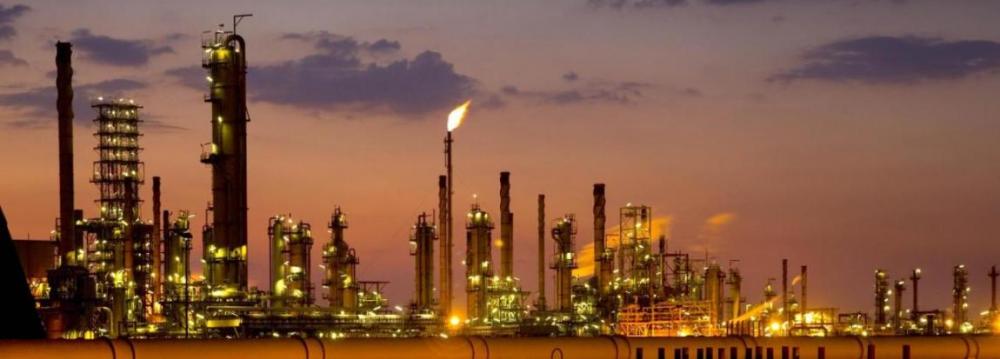The International Monetary Fund (IMF) has cut SA’s economic growth outlook for the fourth consecutive time this year, making it the latest in a number of institutions to lower gross domestic product forecasts as strikes, weak demand and energy supply constraints stifle the economy.
SA’s economy is growing at less than 2% — lower than its potential growth rate of above 3% and the more than 5% per year it aspires to in order to address high unemployment and poverty. The IMF cut SA’s economic growth outlook for this year to 1.4% from 1.7% in July in its latest World Economic Outlook report, released yesterday. It also revised its projection for next year down to 2.3% from 2.7%.
“In SA, 2014 growth is being dragged down by industrial tensions and delays in fixing infrastructure gaps, including electricity constraints,” the IMF said.
Economy Needs
Growing SA’s economy needs “removing infrastructure bottlenecks in the power sector”, implementing reforms in education, labor and product markets to raise competitiveness and productivity, and improving service delivery, it said.
The government has invested billions of rand in infrastructure development over the past two decades, but the pace of implementing infrastructure investment plans has been slow in recent years and strikes have often disrupted the construction of infrastructure such as power stations.
Barclays Africa economist Peter Worthington said while work was under way to alleviate capacity constraints and infrastructure shortcomings, the labor environment was likely to be a challenge for a while longer.
“I doubt we will see significant changes to our labor markets framework from the labor market indaba scheduled for November, because business and labor remain very far apart and government so far has not demonstrated much ability to bring the two sides together,” he said.
The IMF said, however, that its expectation of a “muted” economic recovery next year was driven by expectations that labor relations would improve and exports would be “gradually stronger”.


